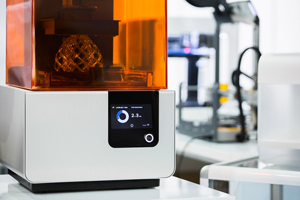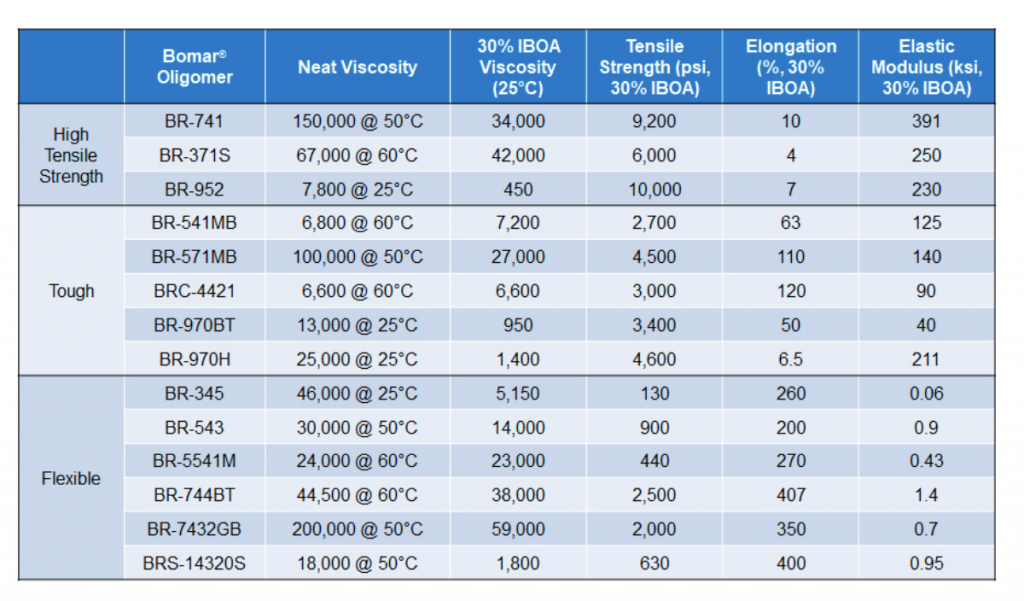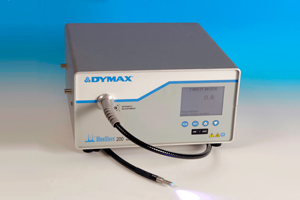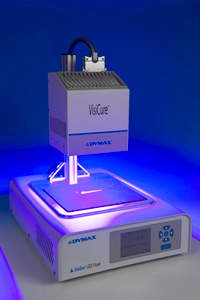
 As more and more manufacturers look to replace traditional mass manufacturing processes with 3D printing, they are striving to create new, higher quality printing materials that overcome problems with deformation, have superior surface quality, and provide better mechanical properties.
As more and more manufacturers look to replace traditional mass manufacturing processes with 3D printing, they are striving to create new, higher quality printing materials that overcome problems with deformation, have superior surface quality, and provide better mechanical properties.
From a commercial perspective, 3D printing is very appealing, especially in applications where an only relatively small number of parts are required. Additionally, strong market demand for next-generation oligomers for formulating inks and resins used in SLA, DLP, and 3D inkjet printers has been coupled with an increased need for materials with a wide variety of physical properties. However, there are several challenges preventing the realization of this potential; speed of manufacturing and meeting material performance properties being the most important.
Background
Widely used as the backbone of UV-curable 3D-printing formulations for SLA, DLP, and 3D  inkjet printers, oligomers are combined with monomers, additives, and UV-reactive photoinitiators to produce UV-curable 3D-printing inks and resins. The formulation of these products requires a focus on bulk properties of the cured material such as tensile strength and elongation. Rigid printing materials are readily available, but offerings of tough, flexible products with high elongation and good impact resistance and rebound capability are more limited. A selection of Bomar® oligomers from Dymax Oligomers & Coatings were designed with these 3D printing needs in mind, including toughness, low shrinkage, thermal stability, and low color.
inkjet printers, oligomers are combined with monomers, additives, and UV-reactive photoinitiators to produce UV-curable 3D-printing inks and resins. The formulation of these products requires a focus on bulk properties of the cured material such as tensile strength and elongation. Rigid printing materials are readily available, but offerings of tough, flexible products with high elongation and good impact resistance and rebound capability are more limited. A selection of Bomar® oligomers from Dymax Oligomers & Coatings were designed with these 3D printing needs in mind, including toughness, low shrinkage, thermal stability, and low color.
This selection consists of next-generation oligomers with varying Tgs that allow for flexibility in mechanical properties. Formulators looking to eliminate object deformation can select an oligomer with a high Tg and low linear shrinkage. The oligomers also cover a large range of viscosities, so formulators can achieve the flow characteristics they desire. In addition to the mechanical properties these products provide, they also are non-yellowing for higher clarity and offer color stability for better-looking objects. Formulations that utilize Bomar oligomers also gain high impact resistance, making them more durable against dropping and everyday wear. Additionally, oligomers for thin film applications like coatings or inks may not necessarily have the same balance of properties that Bomar oligomers can provide.
Features & Benefits of Bomar® Oligomers
- Excellent mechanical properties for products that can be used in applications beyond prototyping
- Superior surface quality and deformation resistance for better aesthetics
- High impact resistance for more durable products
- Variety of viscosities for desired flow characteristics

Light-Curing Equipment for 3D Printing Post Cure and Rework
After a 3D model is built, it may be necessary to supply additional curing energy to the part to ensure that optimized material properties are achieved. Several Dymax curing system configurations are ideally suited for post-cure process or rework.
BlueWave® 200 3.0 UV-Curing Spot Lamp System
Ideal for Rework or Repair
 The BlueWave® 200 3.0 is a high-intensity, light-curing spot lamp system that emits energy in the UVA and visible portion of the spectrum (300-450 nm) and is ideally suited for either manual or automated processes.
The BlueWave® 200 3.0 is a high-intensity, light-curing spot lamp system that emits energy in the UVA and visible portion of the spectrum (300-450 nm) and is ideally suited for either manual or automated processes.
UV Light-Curing Flood Lamp Systems
Ideal for Post Cure
 Dymax flood-lamp systems are designed for area curing or for curing multiple assemblies at once. These flood lamp models use a powerful UV light-curing lamp (up to 225 mW/cm2) for fast curing over a 5″ x 5″ (12.7 cm x 12.7 cm) area. They can be used as stand-alone curing units or incorporated into conveyorized systems.
Dymax flood-lamp systems are designed for area curing or for curing multiple assemblies at once. These flood lamp models use a powerful UV light-curing lamp (up to 225 mW/cm2) for fast curing over a 5″ x 5″ (12.7 cm x 12.7 cm) area. They can be used as stand-alone curing units or incorporated into conveyorized systems.
If you want to learn more about next-generation 3D printing oligomers, download our white paper “New Developments in Acrylate Oligomers for 3D Printing.”
Subscribe to Our Email Newsletter
Stay up-to-date on all the latest news from the 3D printing industry and receive information and offers from third party vendors.
Print Services
Upload your 3D Models and get them printed quickly and efficiently.
You May Also Like
3D Printing News Briefs, July 2, 2025: Copper Alloys, Defense Manufacturing, & More
We’re starting off with metals in today’s 3D Printing News Briefs, as Farsoon has unveiled a large-scale AM solution for copper alloys, and Meltio used its wire-laser metal solution to...
Etsy Design Rule Change Reduces Selection of 3D Printed Goods
Online marketplace Etsy has implemented a rule change requiring all 3D printed goods on the site to be original designs. The update to the site’s Creativity Standards states, ¨Items produced using...
Siraya Tech Introduces New Elastomer 3D Printing Materials, Including Foaming TPU
California company Siraya Tech, founded in 2019 with a focus on material science, customer focus, and agility, develops high-quality 3D printing materials that meet the needs of creators, hobbyists, and...
3D Printing News Briefs, April 12, 2025: RAPID Roundup
The news from last week’s RAPID+TCT in Detroit just keeps on coming! That’s why today’s 3D Printing News Briefs is another RAPID Roundup of more exciting announcements from the trade...

































